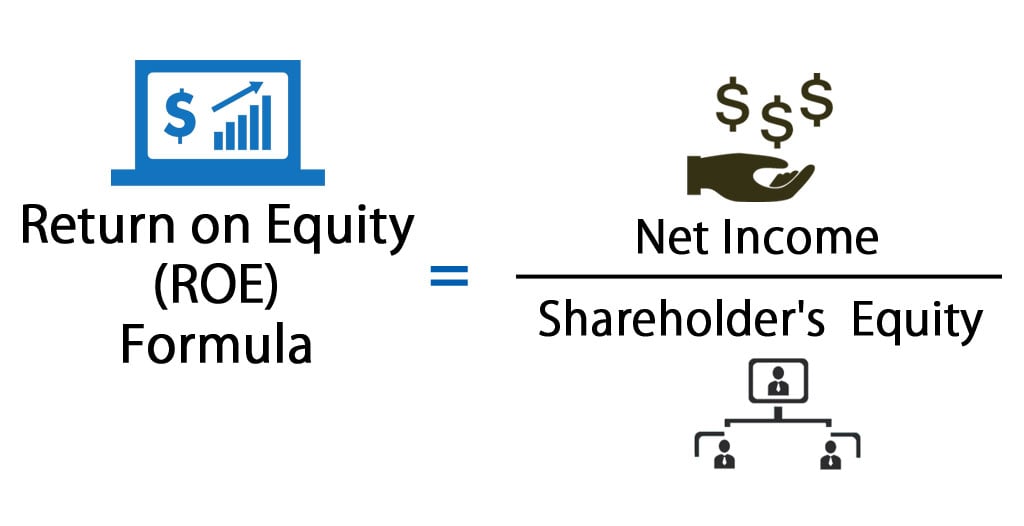Shares bought back by companies become treasury shares, and their dollar value is noted in the treasury stock contra account. Shareholders’ equity is a key indicator of a company’s financial health. Shareholders’ equity does not tell you everything that you need to know about a company, so always look into other indicators of a company’s financial health before making an investment decision.
How to Calculate Stockholders’ Equity for a Balance Sheet
The par value of issued stock is an arbitrary value assigned to shares in order to fulfill state law. The par value is typically set very low (a penny per share, for example) and is unrelated to the issue price of the shares or their market price. During a liquidation process, the value of physical assets is reduced and there are other extraordinary conditions that make the two numbers incompatible. This is the percentage of net earnings that is not paid to shareholders as dividends. Current liabilities are debts typically due for repayment within one year. Current assets include cash and anything that can be converted to cash within a year, such as accounts receivable and inventory.
Common Stock and APIC Calculation Example
Stockholders’ equity is the remaining assets available to shareholders after all liabilities are paid. It is calculated either as a firm’s total assets less its total liabilities or alternatively cash flow statement as the sum of share capital and retained earnings less treasury shares. Stockholders’ equity might include common stock, paid-in capital, retained earnings, and treasury stock.
- It is a financial metrics used to analyze the financial health of the company.
- This type of equity can come from different sources, including issuing new shares or converting debt to equity.
- Another reason for setting a low par value is that when a company issues shares, it cannot sell them to investors at less than par value.
- Ideally, financing should be 50% debt and 50% equity because debt is typically cheaper.
- Shareholder equity is one of the important numbers embedded in the financial reports of public companies that can help investors come to a sound conclusion about the real value of a company.
Example of Shareholders’ Equity Calculation
If used in conjunction with other tools and metrics, the investor can accurately analyze the health of an organization. In this formula, the equity of the shareholders is the difference between the total assets and the total liabilities. For example, if a company has $80,000 in total assets and $40,000 in liabilities, the shareholders’ equity is $40,000. Let us consider another example of a company SDF Ltd to compute the stockholder’s equity.
These assets should have been held by the business for at least a year. It’s important to note that the recorded amounts of certain assets, such as fixed assets, are not adjusted to reflect increases in their market value. Total equity effectively represents how much a company would have left over in assets if the company went out of business immediately. You’re using information from the company’s balance sheet so it can be difficult to pinpoint the accuracy of depreciation and other factors.
To calculate shareholders equity, subtract the total liabilities owned by shareholders from the total assets owned by shareholders. The company’s cost of equity can be higher than the cost of debt because interest payments on debt are tax deductible. Systematic risk could impact the investor’s cost, such as not meeting the expected market return or losses due to the stock’s volatility on a public exchange.
Companies may have bonds payable, leases, and pension obligations under this category. Shareholder equity represents the total amount of capital in a company that is directly linked to its owners. Long-term assets are the value of the capital assets and property such as patents, buildings, equipment and notes receivable.
A company’s equity, which is also referred to as shareholders’ equity, is used in fundamental analysis to determine its net worth. This equity represents the net value of a company, or the amount of money left over for shareholders if all assets were liquidated and all debts repaid. Equity is an ownership stake awarded to investors as shares of your company’s stock.
The formula to calculate shareholders equity is equal to the difference between total assets and total liabilities. If shareholders’ equity is positive, that indicates the company has enough assets to cover its liabilities. But if it’s negative, that means its debt and debt-like obligations outnumber its assets. The cost of equity (CoE) is an important metric when acquiring financing for your business.
For instance, a lower shareholders’ equity can be overlooked by investors if a new company has other redeeming qualities, such as appealing annual reports or it is in an industry that shows a lot of promise. Positive shareholder equity means the company has enough assets to cover its liabilities. Negative shareholder equity means that the company’s liabilities exceed its assets. The share capital represents contributions from stockholders gathered through the issuance of shares. It is divided into two separate accounts common stock and preferred stock. Company or shareholders’ equity is equal to a firm’s total assets minus its total liabilities.

